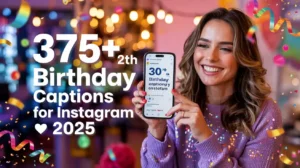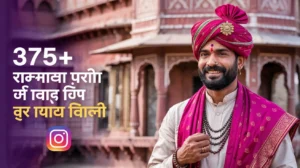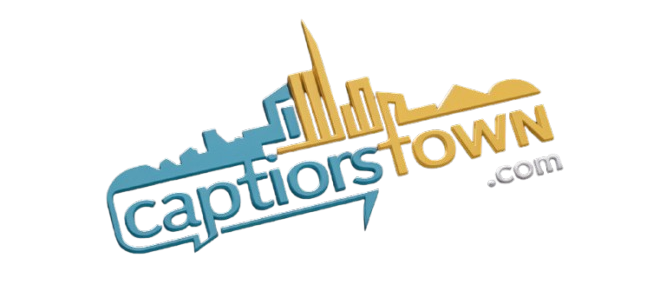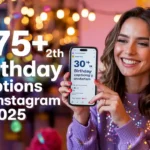Audiences today don’t follow a linear path. They jump from Instagram to TikTok, skim newsletters, scroll blogs, and binge YouTube — all in a single sitting. In this fragmented digital landscape, a single narrative no longer cuts it. What brands need now is a Multiple Stories Strategy — a storytelling framework designed to reach, engage, and retain audiences across platforms by delivering interlinked, context-aware, and sequenced narratives.
In 2025, digital content has evolved from campaigns into story ecosystems. This article explores a cutting-edge, real-world, and conversion-focused look at how to execute a multiple stories strategy — built to thrive in the age of short attention spans, rapid content cycles, and cross-platform engagement.
What Is the Multiple Stories Strategy?
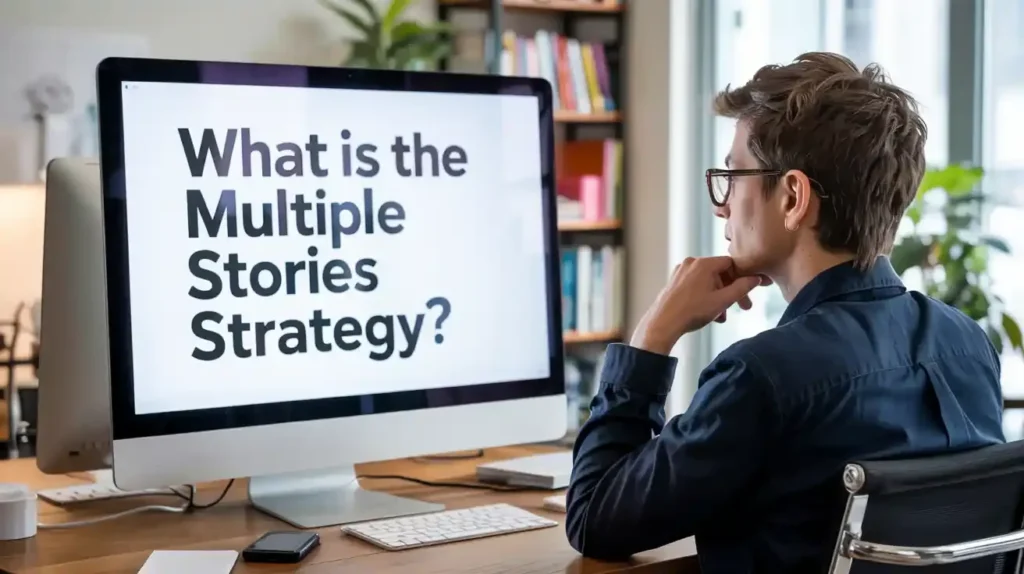
The Multiple Stories Strategy is a storytelling model that uses several interrelated storylines, distributed across different platforms and formats, to deliver a cohesive brand message.
Instead of telling one long-form story in a single format, this strategy:
- Breaks stories into micro-narratives
- Adapts tone and visuals for each channel
- Builds narrative momentum over time
- Reinforces key messages through repetition in different contexts
Why It Works in 2025
- Audiences consume content in micro-moments
- Algorithms favor native, short-form storytelling
- Emotional resonance increases with repetition + platform-specific tone
“People don’t buy products. They buy stories about those products.” — Seth Godin
Why Traditional Storytelling Is Fading in 2025
Traditional marketing relied on single-thread narratives: one TV commercial, one blog post, or a long-form video.
But here’s the catch — attention is no longer centralized.
| Traditional Approach | Multiple Stories Strategy |
| One-size-fits-all message | Platform-tailored messages |
| Long-form formats only | Mix of short & long form |
| One-time engagement | Ongoing narrative journey |
| Passive consumption | Interactive & responsive |
Case Study:
A skincare brand launched one long YouTube ad in 2023. It gained 120K views.
In 2024, they used a Multiple Stories Strategy across TikTok, IG Stories, LinkedIn, and email with bite-sized testimonials and product journeys — resulting in a 4.6x sales uplift and 3.2x engagement increase.
Core Principles Behind a Multiple Stories Strategy
To build a strong multiple stories strategy, you need structure, consistency, and creative agility.
Narrative Fragmentation
Break down your story into smaller components that can stand alone but link together when viewed in sequence.
Platform-Specific Storytelling
Adapt each story fragment to the platform it’s published on — not just in length, but in tone, format, and emotional weight.
- Instagram: Visual-first, aspirational storytelling
- LinkedIn: Thought leadership and value-based
- TikTok: Authentic, relatable micro-narratives
Character & Plot Layering
Establish recurring characters, themes, or plotlines that users can follow across formats. This builds brand familiarity and emotional attachment.
Sequential Triggers
Use cliffhangers, series, and teasers to drive anticipation. Example: “Watch part 2 on our Instagram.”
Story Pillars
Every story must align with a specific business goal:
- Awareness
- Engagement
- Conversion
- Loyalty
Key Formats and Channels to Activate in 2025
You can’t just copy-paste the same message. Here’s how the format changes per platform:
| Platform | Format | Best For |
| Stories, Reels, Carousels | Behind-the-scenes, quick tips | |
| TikTok | Vertical Micro-Narratives | Product use, viral storytelling |
| YouTube Shorts | Episodic content | Problem/solution formats |
| Short Posts, Thought Snippets | Founder stories, case insights | |
| Story-driven sequences | Retention, upsell, product reveals | |
| Blog | Series-style articles | Deep dives, cornerstone content |
Pro Tip:
Reuse a story asset with a native twist, not a repost. For example, a customer review video on TikTok can become a quote card on Instagram and a data-backed insight on LinkedIn.
The 5-Layer Story Architecture
Here’s a framework for building engaging multi-layered stories that work across platforms:
| Layer | Purpose | Best Platforms | Example |
| Hook | Grab attention fast | TikTok, Reels, LinkedIn | “Did you know 73% of people…” |
| Setup | Build context and expectations | Blog, LinkedIn, Email | Set the stage with a problem |
| Conflict | Create tension or highlight stakes | All | Share struggles, tension |
| Resolution | Provide clarity, solution, payoff | Email, Blog, YouTube | Reveal success or insight |
| Echo | Reinforce message via retargeting | IG Stories, Ads, Retargeting | Pull quotes, testimonials |
Real Brands Winning with Multi-Story Execution
1. Nike
- Nike doesn’t just show athletes; it builds arcs around struggle, triumph, and repetition.
- Their campaigns shift from high-polish YouTube pieces to gritty, raw TikToks with real athletes and fans.
2. Airbnb
- Airbnb’s “Host Stories” series spans YouTube, Instagram, and their email newsletter.
- They adapt the same story differently per platform — short-form reels, long-form interviews, and blog breakdowns.
3. Duolingo
- Duolingo’s quirky mascot drives episodic TikTok engagement.
- The humor-driven micro-narratives align perfectly with their educational yet playful brand.
How to Build Your Own Multiple Stories Strategy

Here’s a step-by-step approach:
Step 1: Define Your Master Narrative
Start with the core transformation: What’s the journey your brand takes customers on?
Step 2: Break Into Micro-Stories
Split the narrative into bite-sized chapters:
- Problem identification
- Challenges
- Turning points
- Resolutions
Step 3: Assign Channels Strategically
Use each platform with intent:
- TikTok: emotional intro
- Instagram: visual proof
- Blog: technical depth
- Email: personalized wrap-up
Step 4: Sequence Over Time
Don’t dump all your stories in one day. Use a staggered timeline that builds anticipation.
Step 5: Repurpose with Intelligence
Reframe stories, don’t just repost. Adapt the same moment for new lenses.
Step 6: Analyze and Adjust
Track performance:
- Watch completion rates
- Click-throughs by story point
- Follower retention after story ends
Common Pitfalls to Avoid
- Telling disconnected stories: Each piece should serve the master arc.
- Content repetition: Don’t clone; reinterpret.
- Too much, too soon: Overloading leads to fatigue.
- Ignoring pacing: Your audience needs breathing room.
- No data feedback loop: Guessing weakens impact.
Tools and Tech Stack to Scale Efficiently
| Tool | Function | Why It’s Useful |
| Notion | Storyboarding & planning | Visual story mapping |
| Airtable | Content asset management | Tagging, linking, cross-ref |
| Buffer | Scheduling & distribution | Platform-by-platform scheduling |
| StoryChief | Multichannel storytelling | Unified publishing + analytics |
| Descript | Video editing + captions | Repurpose longer content fast |
| Typeform | Interactive stories / quizzes | User participation in storytelling |
The Future: What’s Next for Storytelling Beyond 2025?
AI-Generated Story Arcs
AI will generate dynamic content paths based on user behavior and mood signals.
Personalized Narrative Journeys
Your story will adjust in real-time, depending on where the user interacts with you.
Interactive Storytelling
Users choose how the narrative unfolds — like Netflix’s Bandersnatch, but for marketing.
Conclusion:
In 2025, content isn’t just about telling a story. It’s about building an ecosystem of stories — interconnected, channel-aware, emotionally resonant, and endlessly engaging.
If you want attention, loyalty, and trust, adopt the Multiple Stories Strategy and start thinking in sequences, not silos. Build curiosity. Deliver value. Let your story echo across the platforms where your audience lives, scrolls, and buys.
“Your brand is no longer what you tell people it is. It’s the stories they share about you.“
FAQ
Q: How long should a multi-story campaign last?
A: Ideally 4–6 weeks, depending on depth and platform frequency.
Q: Is this strategy only for big brands?
A: Not at all. Small businesses thrive with this by showcasing real customer journeys and authenticity.
Q: How do I measure success?
A: Track micro and macro KPIs — engagement rates per channel, conversion increases, and repeat viewership.




